If you are a winemaker, be it “conventional” or organic, you have to spray the vineyards with treatments against diseases. You don’t really have much of a choice. The vines would barely survive and certainly not bear much useful fruit in most wine regions without spraying. Spraying is always, by definition, done with some kind of noxious substance to kill the diseases; sulphur, copper, or other chemicals. The two most important vineyard plagues, which exist almost all over the world, are mildiou (downy mildew) and oidium (powdery mildew).
Less spraying means less poison distributed so if there were a way to reduce, or even avoid spraying it would be good for the environment, good for the winemakers, and good for the consumers.
So is there a way to reduce or eliminate treatments?
Yes, there is, but not yet very accepted, nor popular. Here’s one.
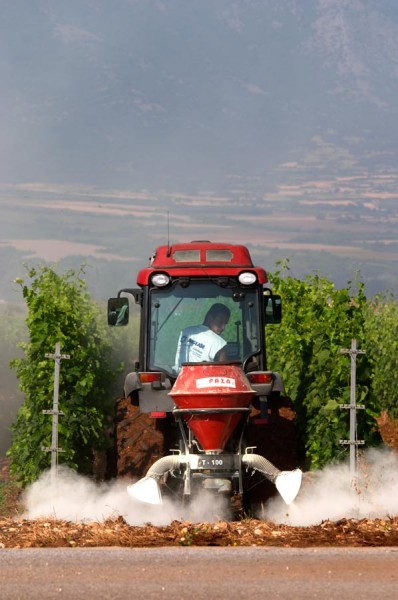
Some grapes varieties that are not of the Vitis vinifera family are resistant against some diseases. (Vitis vinifera is the “European” grape used for all quality wine in the world, including e.g. cabernet, chardonnay and all other well-known varieties.) Unfortunately the non-vinifera varieties generally do not produce good wines and even if they do they are not very accepted. They are even in many cases not even allowed for plantings.
A French researcher has been developing new grape varieties resistant to diseases. La Vigne tells the story of Alain Bouquet who already in 1974 started developing disease-resistant grape varieties by crossing Vitis vinifera vines with a resistant grape of the Muscadinia rotundifolia family. Alain Bouquet died prematurely in 2009 but his work has to some extent been continued, explains La Vigne.
Bouquet managed to develop grape varieties that were resistant to both mildiou and to oidium. They also showed a certain resistance to some other pests in the vineyards: nematodes and phylloxera.
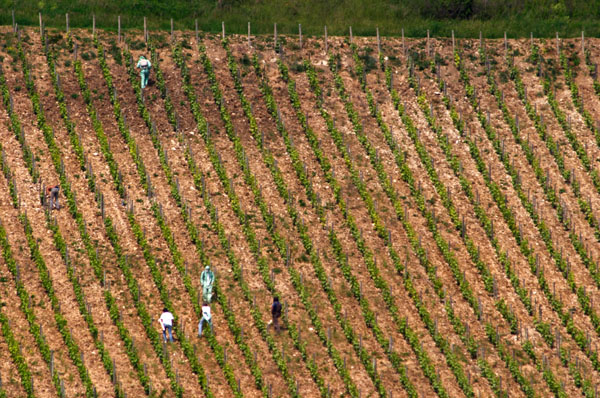
By taking the first generation crossing and then repeatedly crossing it back with the original vinifera variety he managed to develop varieties that had characteristics very close to the original grape variety, e.g. Cabernet Sauvignon, Merlot and Grenache. ”Today these varieties resemble in all points Vitis vinifera. They have the same structure, the same canopy”, said Laurent Torregrosa, professor of genetics and vine biology at Montpellier SupAgro to La Vigne. “In a blind tasting it is very difficult to distinguish them from Vitis vinifera”.
Trials in vineyards carried out since 2005 have shown that even without any treatment at all they did not suffer attacks from oidium and mildiou, and they were also resistant to other diseases (black rot, Brenner disease).
However, the French agricultural research institute (INRA), who controls which grape varieties that are allowed in France, has not approved the varieties for general use and have not released them commercially. The problem is the basis for the resistance. In the resistant varieties developed by these crossings there is only one single gene that gives the resistance. By generally deploying these varieties (i.e. allowing them for planting) there is a risk that the disease might overcome this protection and that the gene would lose its resistant quality, according to the INRA. This would be a serious problem since there are only a limited number of genes that can give this resistance, the INRA argues.
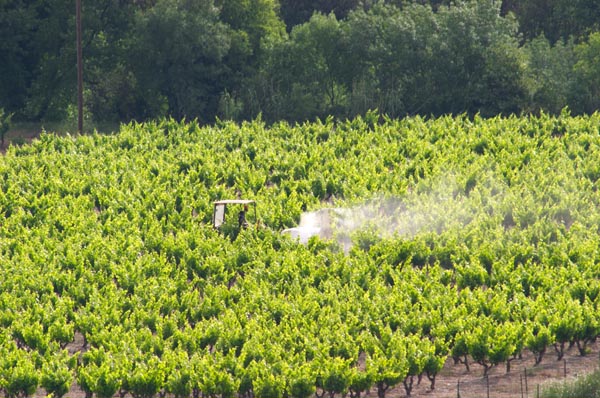
One can only hope that the research initiated by Alain Bouquet is continued and that more solid varieties can be developed. More resistant grape varieties would be welcome!
This also illustrates what could be achieved by controlled research into genetically modified grape varieties: plants that could radically reduce the need for spraying poisons in the vineyards. Genetic research is another, but similar, route to developing resistant varieties. But unfortunately there is an almost religious resistance (!), not really scientifically founded, in Europe among large parts of the wine growing and wine production industry to any kind of research relating to genetically modified crops (GM or GMO plants), and also among the not so scientifically minded general public. So any such research is virtually impossible in Europe. The little research that has been done in France has been repeatedly vandalised by rogue wine growers.
You can read a more extensive explanation in the article in La Vigne.
If you want to know more about diseases in the vineyard and what treatments conventional and organic producers use, then you can read our book Biodynamic, Organic, and Natural Winemaking.



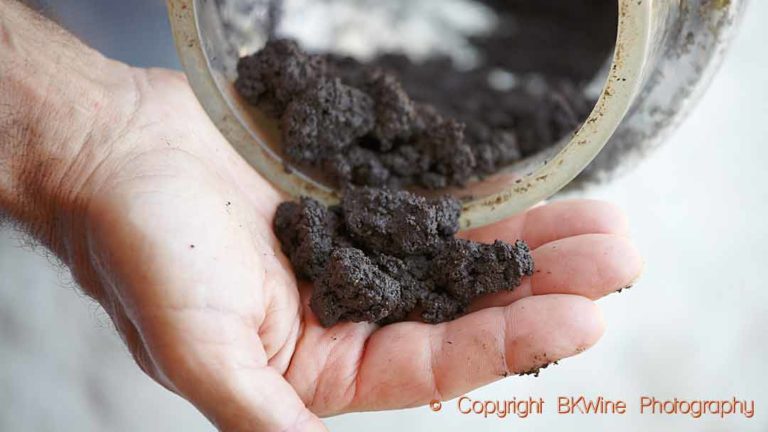
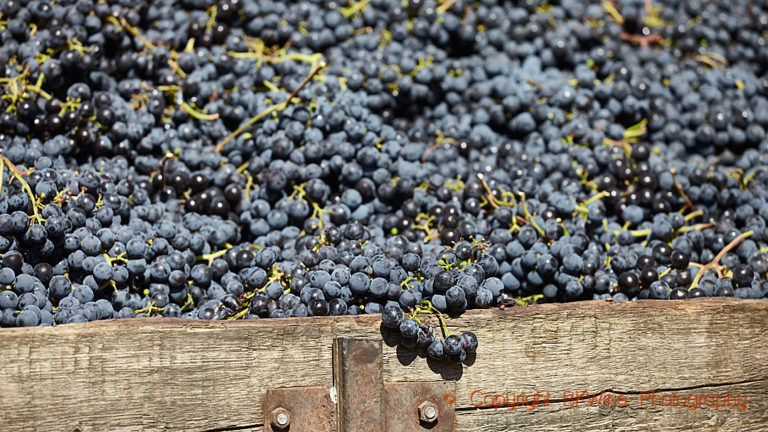





4 Responses
The first photograph shows application of fertilisers to the soil, not vineyard spraying. Does this indicate the accuracy of the article? I am,by the way, a great fan of resistant varieties.
Richard,
I hope not. You would be a good judge of that. It’s more a question of not having had the opportunity to ask the tractor driver what he was doing. (Or it is a question of simplistic photo editing…)
The varieties developed by Bouquet seems to have become a bit of a discussion item here in France. If the reporting in La Vigne is accurate the variieties showed amazing resistance as well as very good organioleptic qualities in trials and tests.
What would be interesting to know more about is what the sceintific community in other countries think about the issues INRA has with the single gene resistance.Hopefully some other researchers will pick up on it.
-P
Realizing this is an older article (that was link featured to another “less chemical” article), it is worth noting that if your interest is less pesticides and especially fungicides in viticulture, a solid discussion of Agrothermal (agrothermalsystems.com) is in order. Their equipment doesn’t involve MO/GMO, nor other hugely different traditional viticultural practices to control mildews (especially oidium (powdery mildew) and testing for mildiou (downy mildew)).
I believe Dr. Richard Smart is very familiar with this technology and perhaps could comment as well.
Patrick,
Well, even if the article is two years old, the subject is of no less importance. If anything, more discussed today than then.
Sounds like an odd system but will be interested to take a closer look on your page. I imagine it might have some other environmental considerations perhaps, since it must requiring quite a bit of energy. (It seems.) Also wonder how European regulations will look at it.
Anyway, thanks for the comment!
/Per